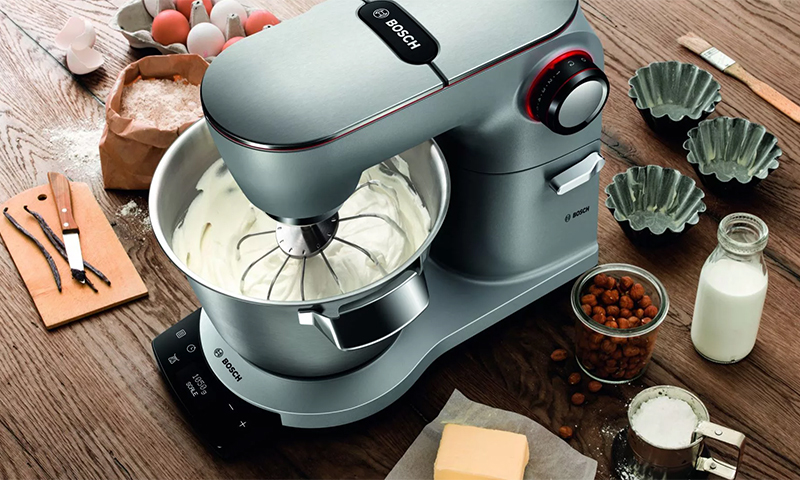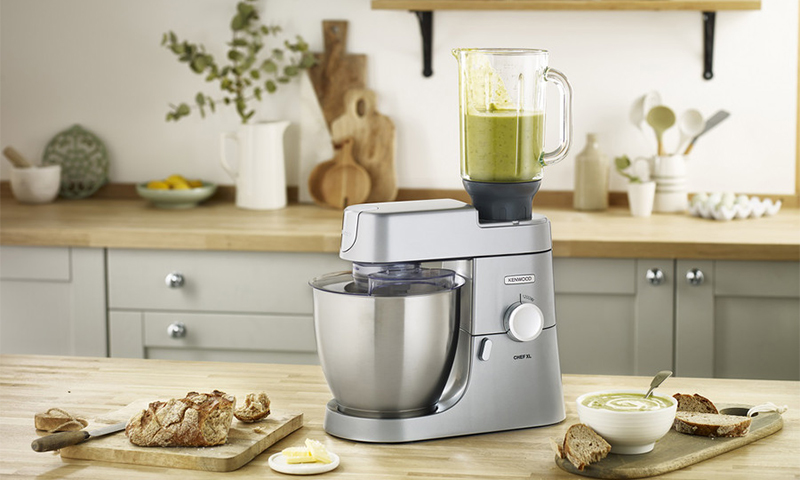Modern meat grinders are divided into two types: mechanical and electrical. And although the former work on “hand-crafted” and are considered obsolete, they are still willing to buy them. All because they are made of cast iron or cast aluminum, conveniently disassembled and serve forever. And most importantly - their cost is much lower than on electric models. But the more modern meat grinders have not only an attractive appearance, but also delight with an abundance of functions. Yes, and work on them is much easier: just press the button, and the electric drive will quickly do everything himself. So what to choose - reliability or speed?

Content:
The best producers of meat grinders - which company to choose
If you decide to purchase an electric meat grinder, without delving particularly into its work and functionality, look for popular brands in stores. Good models are offered by companies:
- Bosch
- Moulinex
- Philips
- Gorenje
The best meat grinders of famous brands can be found in our ranking of the best grinders, and we advise the admirers of the good old manual models to pay attention to the products of domestic plants "Uralochka" or "Kazan".
However, the reputation of the manufacturer is not the main criterion for choosing a meat grinder (although it does matter). To make the purchase successful, you first need to study the design features and familiarize yourself with the characteristics of the models you like.
The principle of operation and the device grinder

Regardless of the type of drive, all meat grinders have a fairly simple screw design. Their main elements:
- housing;
- knob or electric drive starting from a button;
- screw shaft
- knives;
- lattice;
- Clamp or suction cups for attaching to the table or just non-slip feet.
The principle of operation of such a mechanism is also simple. Products are manually fed into the upper bell of the housing, where they are picked up and pushed inwards by turning the auger. Thick blades crush the meat, pressing it against the grooved walls, and at the same time transfer it to the rotating knives. Here is the grinding of minced meat, which is then pushed through the grate into a substituted bowl.
The electric meat grinder completely eliminates the physical work (except for feeding meat into the tray), but crushes the products in the same way. The only thing that does not have to rotate the knob and make efforts to spin the auger here - all this will make the engine and gearbox. There are no other serious differences in the design, but there are additional possibilities due to the variety of complete nozzles.
Varieties of meat grinders
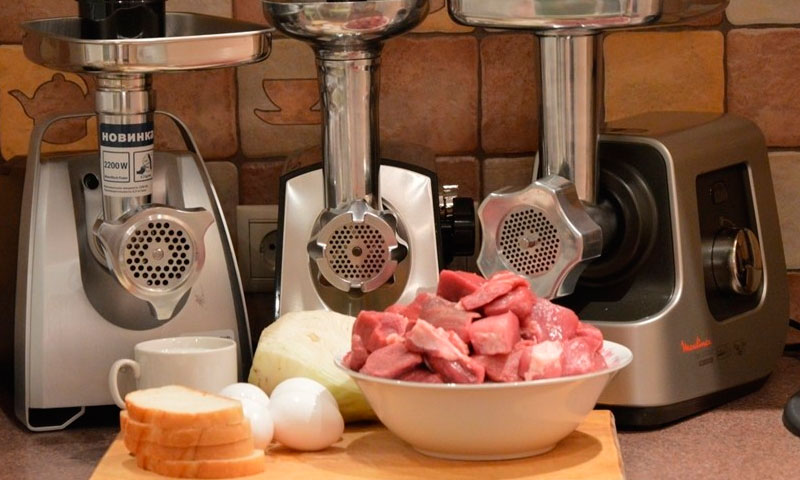
We have told about mechanical manual models enough, therefore we will not dwell on them. Consider the types of electric meat grinders. They are usually divided into 3 types, depending on the power and performance. The same characteristics determine the purpose of devices.
For home use
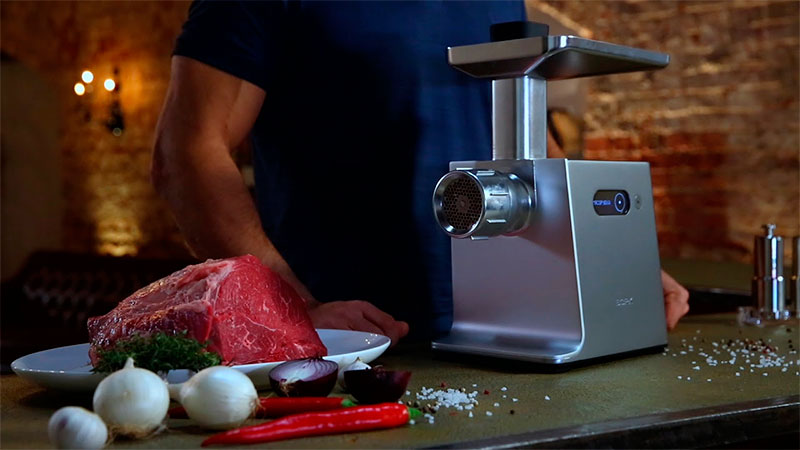
The most simple and low-power electric meat grinders are functionally similar to mechanical ones, however, the grinding speed in them is much higher, plus the need for manual labor. With other electrical units they have a stable body, which does not require attaching to the table.
Pros:
- Good processing speed;
- Do not require physical effort;
- Easy to use;
- Completely cope with the preparation of minced meat, grinding fruits and vegetables;
- Durable, if you do not overload the motor and withstand the duration of the cycle.
Minuses:
- Minimum additional functions;
- The need to give the engine time to rest.
These grinders are chosen to replace the manual models, just to facilitate their work in the kitchen. An average family that does not grind meat into ground meat in kilograms will have enough of this technology.
Reinforced
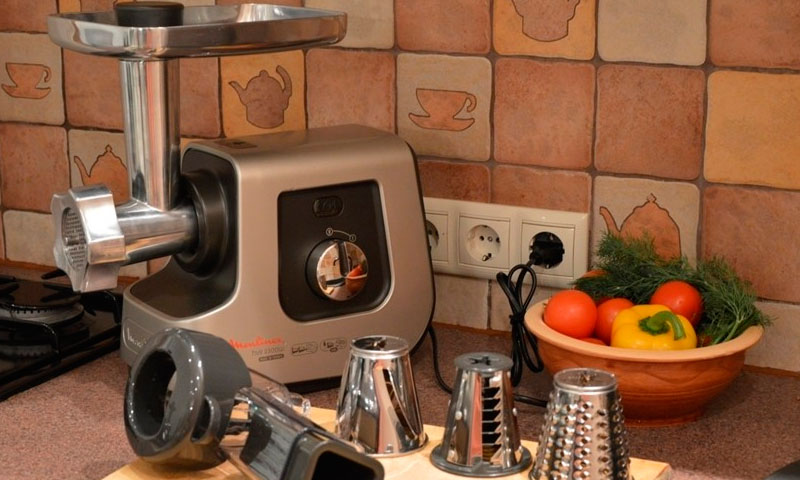
The intermediate option is high-power meat grinders, designed for large families and use in the catering system (small cafes, canteens, buffets). Their performance is higher than that of the typical "home" models, so here a large feeding tray for products is included. Often, such meat grinders are equipped with self-sharpening knives and a decent number of nozzles, for the storage of which a special compartment is provided in the case.
Pros:
- High power and performance;
- Excellent food processing speed;
- Reverse system;
- Motor overload protection;
- Large selection of nozzles that do not limit the technique of working with meat alone;
- Easy to manage.
Minuses:
- Cost is above average;
- Noise;
- Big sizes.
Professional

The most powerful and multifunctional meat grinders for large catering establishments with high attendance, as well as retail outlets.
Pros:
- Very high power and performance;
- Several speeds of work;
- Long engine life;
- High level of motor protection;
- Durable and stable case.
Minuses:
- High price;
- Big sizes and weight;
- Uneconomical power consumption;
- Too loud for use in the apartment.
Selection options
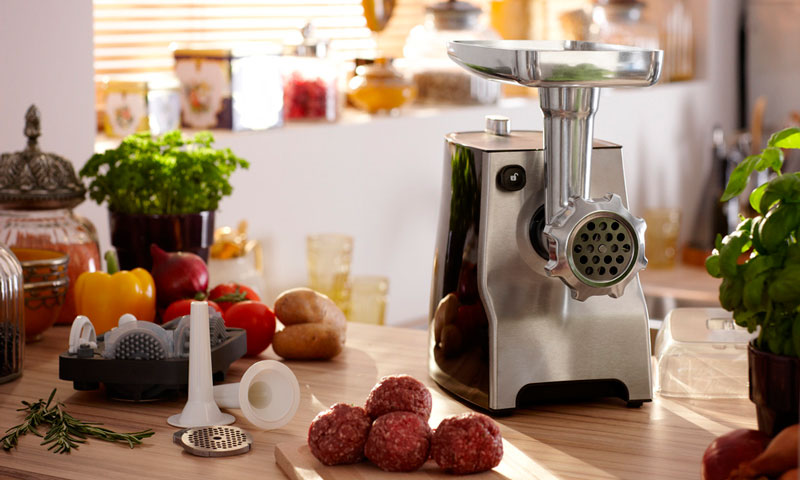
Choosing a mechanical meat grinder does not take much time. It is enough to decide on a convenient size (there are few options) and choose a quality metal - thick and durable, free from casting defects. With electrical engineering, the situation is more complicated, since it is necessary to pay attention to the characteristics of the drive.
Power
This is not only the force that the motor transmits to the auger, but also the energy consumption of the kitchen machine. Here we have to look for a middle ground between the effective work of technology and the load on the network. The power of "home" grinders ranges from 330-800 W, but if you have good wiring in the house, it is better to stick to the upper limit.
Reinforced electric meat grinders come in power from 800 to 1600 watts, professional can produce up to 2-3 kW. However, in the case of industrial machines, this parameter already fades into the background. For example, European and Japanese meat grinders are equipped with reduction gears, which, even when paired with a low-powered engine (250–550 W), are capable of transmitting enormous force to the shaft.
Performance
This parameter is closer and clearer to users of kitchen appliances - it shows how many products per unit of time the meat grinder can twist.
Simple electric models have a capacity of 0.6 to 1.5 kg / min, that is, cooking a portion of minced meat to feed the whole family with meatballs takes you just a minute.
Semi-professional devices show more impressive results - up to 3 kg / min, industrial machines produce 5–10 kg of minced meat at the same time.
If you have to process large volumes of products, do not need to spare money for a professional meat grinder with a productivity higher than that required.
The problem is that low-power models usually run without overheating protection of the engine and can not work longer than 5-10 minutes. It’s not possible to stand for hours on the unit, even if you have enough time for this, and so ditch the motor. Therefore, take a meat grinder with a small margin of performance or specify whether it has protection.
Manufacturing materials
Of course, all the working elements of the grinder should be metal and solid-cast - this is a guarantee of durability of equipment. But the case material is important. 85% of the models on the market go in low-cost plastic covers - they are lighter, look nice in the interior, but over time they are scratched or covered with cracks. It does not affect the operation of the machine, however, the appearance of the grinder will be spoiled.
Units completely made of metal, much stronger and more reliable. However, such meat grinders are very heavy, so it is better for them to find a permanent place in the kitchen, so that they don’t have to take out heavy equipment on the shelf each time. One piece of advice: if you buy a model in a metal case, do not take a brilliant polish - look for steel with a matte effect, on which there will be no handprints and stains after washing.
Additional features and capabilities
The number of functions that manufacturers managed to implement in electric meat grinders is small:
- The reverse - the reverse motion of the auger, which allows to return the mass stuck in the pipe;
- Motor overload protection;
- The ability to adjust the speed of work.
All other "skills" grinders depend on a set of complete attachments and their features. When buying, you should carefully read this list to know which dishes you can cook using a specific model.
In addition to the usual perforated disc for stuffing and auger on the output socket of the mincing machine such attachments are attached:
- grater-slicer;
- shredder;
- spout for filling sausage casings;
- nozzle for kebbe (meat tubes for subsequent stuffing;
- juice squeezer for berries and separately for citrus;
- press for pasta;
- disk with shaped holes for shortbread;
- mill.
A large number of various nozzles increases the cost of the meat grinder, but at the same time allows you to refuse to buy other kitchen appliances and accessories. So if you often cook dishes where different degrees of grinding food are needed, this investment can be worth it. Those who just twist the stuffing, enough for the simplest technology with a couple of basic nozzles.
What meat grinder to choose
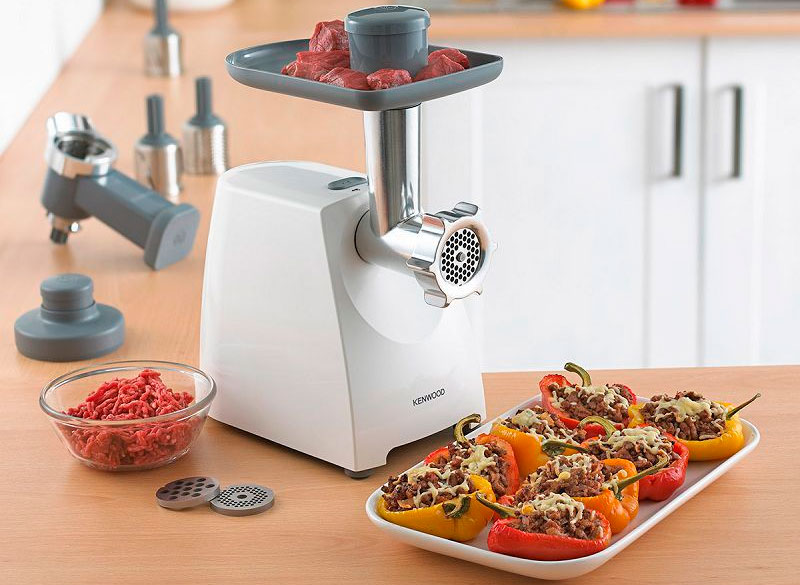
1. For those who use the meat grinder extremely rarely (1-2 times a month) and prepare the stuffing in small portions, a good mechanical model will be enough. It will last forever, will not rust from the inside during the “downtime” and will quietly be inherited by children and grandchildren. Under the same conditions and unwillingness to turn the meat manually, you can take a budget home model with a capacity of 500–700 W with a small capacity (up to 1–1.5 kg / min). For special nozzles in both cases is not worth chasing.
2. In a large family, where it is often necessary to cook a lot, it is more convenient to use semi-professional meat grinders of increased power up to 1.5–1.6 kW. A productivity of 2-3 kg / min will be more than enough to quickly and without extra effort prepare minced meat, chop vegetables for caviar or potatoes for potato pancakes. It is good if the machine comes with self-sharpening knives, since it will have to work a lot and often. But additional nozzles you are free to choose at will, given the presence of other grinding equipment in your kitchen.
3. Professional meat grinders are designed for daily use or grinding of large volumes of meat. It makes sense to buy such models in catering establishments, butchers and those who keep their own farm. When choosing, focusing is not so much on power as on performance and brand awareness. In this case, the machine will be able to cope with its functions and will last a really long time, having spent the money spent on it.
How much does a meat grinder cost
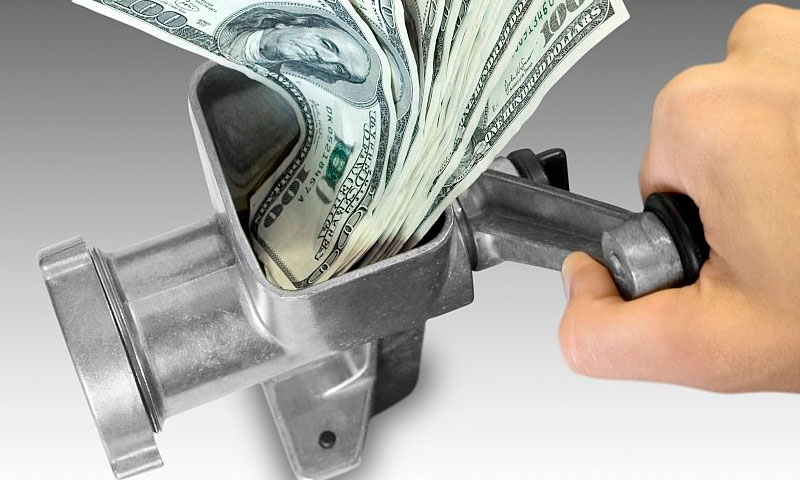
1. Manual meat grinder will cost a small amount from 400 to 1000 rubles. But 6–10 thousand may be asked for an imported model, although functionally it is not too different from domestic samples, except that the interior of the kitchen will look more elegant.
2. The simplest grinder for home and infrequent use can be purchased at prices ranging from 2,000 to 8,000 rubles.
3. The model of increased power with a good set of different nozzles will cost 5-12 thousand.
4. For professional equipment that can work for hours with large volumes of products, you will have to pay a considerable amount in the range of 16-30 thousand rubles.
It will be interesting to friends too



